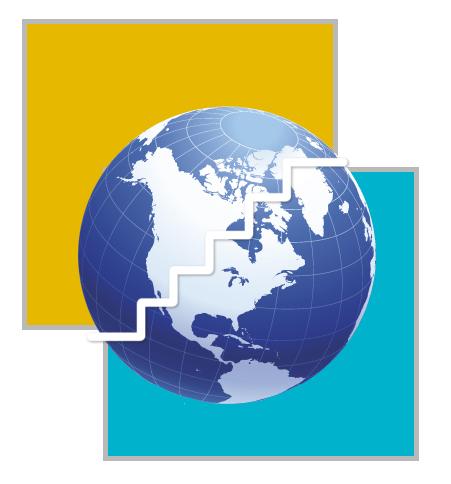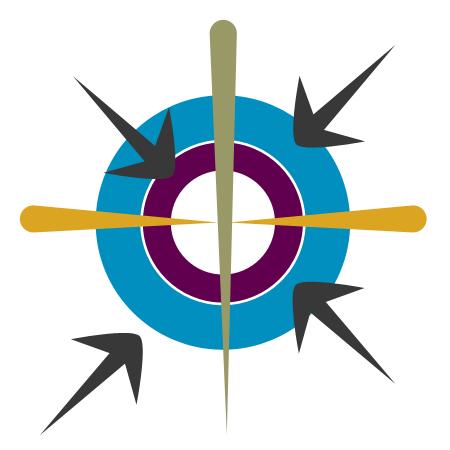MEDIA


Succinct, lucid text and sophisticated graphics spell out the Strategic Foresight Group�€™s findings about the socio-economic, political, military, environmental and human costs of the Middle East conflict to all parties involved - the Palestinians, Israel, other countries of the region, and the international community. The focus is on Israel-Palestine, yet �€œwhat was an identity and territorial conflict in one geography a decade ago has now expanded into a multidimensional, cultural and psychological warfare of global dimensions,�€ as explained by Sundeep Waslekar in the preface. Accordingly, the scope of the book encompasses the Arab world, Iran and Turkey, as well as US and European interaction with the region.
What is innovative about this report is that it measures not only direct and indirect costs of conflict, but also the cost of lost opportunities by projecting potential growth rates and other indices of human security and welfare that would accrue if the conflict were settled. The logic is that contrasting the costs of conflict with the potential for growth should be an incentive for all parties to work for peace. Besides presenting the facts objectively, the report has an obvious humanistic slant, revealing the impact of conflict on ordinary citizens, such as statistics on lost school days for Iraqi and Palestinian children, manpower hours wasted at Israeli checkpoints, and fear psychosis among Israelis.
The statistics are staggering and speak for themselves. Twelve trillion dollars in potential economic growth were lost in the region between 1991 and 2010 due to failure to take advantage of the opportunities presented by the Madrid Conference. Instead of this hefty amount being invested in growth and human welfare, the 2003 Iraq war has cost the US alone as much as $3 trillion, not to mention the untold damage to Iraqis. In Palestine, farmers lost over $50 billion between 2000 and 2006, as a result of Israeli destruction, while the number living in deep poverty increased to more than one million. In the same years, the international community suffered 9,000 human losses, whether from fighting in Iraq or Afghanistan or related attacks around the world. In terms of environmental damage, the estimated 2,300 tonnes of depleted uranium shells dropped by US warplanes on Iraq in the course of two wars will cost billions of dollars to clean up and are expected to contaminate soil and water for 25-35 years. These are only a few examples of the comprehensive research summed up in the report.
Charts indicate clearly the inverse proportion between war and growth, and the report concludes that the �€œMiddle East has emerged as the most militarised region in the world by all parameters,�€ with people as well as governments paying the price. (p. 21) A chart comparing 2004 military expenditures with consistently smaller outlays for health in the region is one of many indicators of the dismal state of human welfare, and matters will only get worse, as continuing conflict breeds spiralling military spending. While militarisation exacerbates �€œthe serious image problem the Arab societies have in the world,�€ in the region itself, �€œthe context of conflict creates a sense of despair, promotes social orthodoxy, strengthens forces with absolutist vision and authoritarian tendencies, curbs innovation, and kills hope.�€ (p. 59)
Wisely, the report does not put forth specific formulas for solving the conflict, since this is up to the parties concerned. However, it does outline four possible scenarios based on different combinations of parameters: the nature of the global order, international energy policy, the extent to which the Palestine-Israel conflict is solved, how nuclear power is dealt with, and so on. These scenarios have thought-provoking titles ranging from �€œWhere suspicion prevails�€ to �€œWhere brutality reigns,�€ �€œWhere equations change�€ and �€œWhere people smile.�€ The latter projects a multipolar global order that uses new energy sources and technologies. The Palestinians and Israelis move towards genuine reconciliation via a viable two-state solution, paving the way for democratisation and economic growth in the region. There is no need for the authors to state which is the preferred solution.
Prestigious, top-notch people took initiative to this report from the foreign ministries of Switzerland and Norway, the AK Party in Turkey, the Arab League and the Office of Her Highness Sheikha Mozah of Qatar. In consultation with over 50 experts from different countries affected by the Middle East conflict, the Strategic Foresight Group was commissioned to undertake the research presented in this book. If only more world leaders were so forward-thinking and rational!





